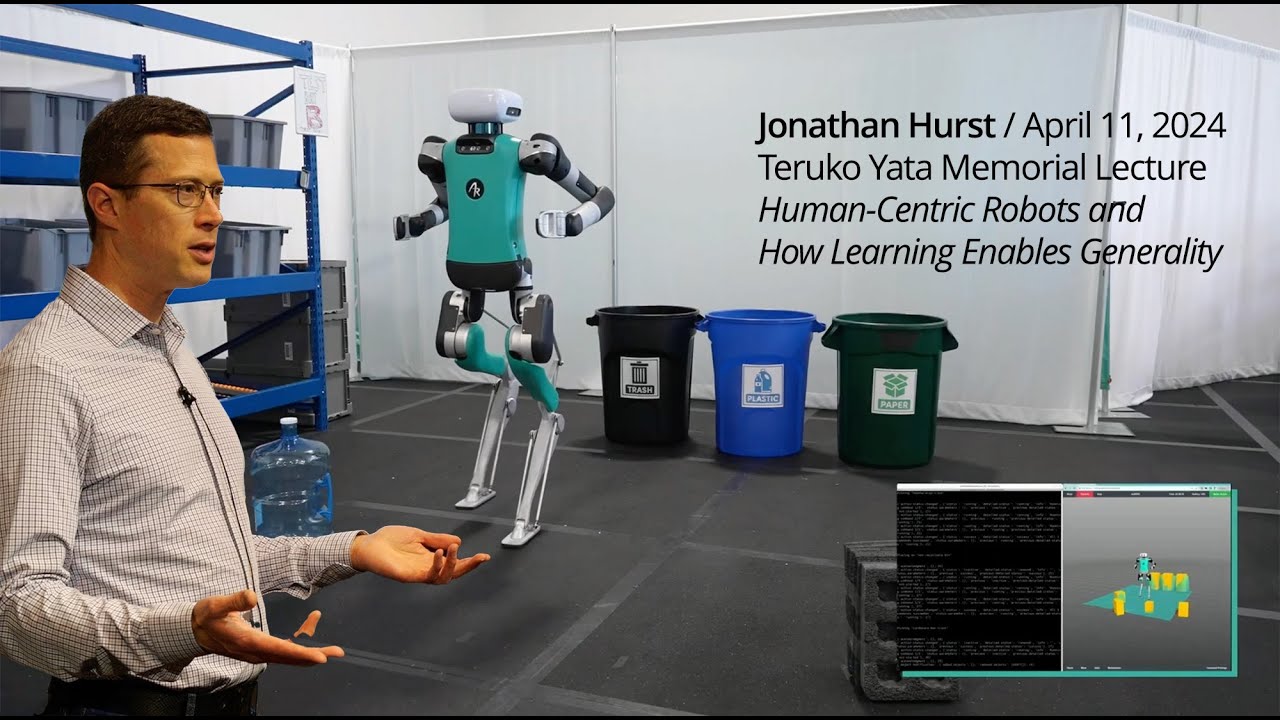Alright, so today I’m gonna walk you through my experience tinkering with something called “jonathan hurst.” Sounds fancy, right? Well, lemme tell ya, it was a journey. Buckle up!

It all started with me just kinda poking around, seeing what this “jonathan hurst” thing was all about. First thing I did was, obviously, Google it. You gotta start somewhere, right? Found some stuff, mostly just snippets and mentions, nothing concrete. So, I figured I’d have to get my hands dirty.
Next up, I tried to find some actual code or something I could play with. After a bit of digging, I stumbled upon a small GitHub repo that seemed relevant. Score! I cloned that bad boy down to my machine. That was the very first step.
Okay, so I had the code. Now what? I started by just reading through it, trying to figure out what the heck it was supposed to do. Honestly, it was a bit of a mess – no documentation, weird variable names, the whole shebang. But hey, that’s half the fun, right?
I decided to try and run it. Figured that was the best way to see what was going on. Of course, it didn’t work right away. Surprise, surprise. There were a bunch of missing dependencies. So, I spent a good chunk of time installing all the necessary libraries and frameworks. Ugh, dependency hell is real, folks.
Finally, after wrestling with dependencies for what felt like an eternity, I got it to run! It was just a simple command-line tool, but it did something! It took some input and spit out some output. Progress!

But the output was kinda… weird. Not what I was expecting at all. So, I started digging deeper into the code, trying to understand how it was processing the input. I stepped through it line by line, using a debugger. This is really important!
That’s when I started to see what was going on. The code was doing some pretty funky stuff with the data. It was transforming it in ways I didn’t understand. I had to do some more research to figure out the underlying algorithms it was using.
Turns out, this “jonathan hurst” thing was related to some obscure data compression technique. Who knew? I spent a few hours reading up on that, trying to wrap my head around the math and the logic. My brain was definitely hurting at this point.
Armed with my newfound knowledge, I went back to the code and started tweaking things. I played around with the input data, trying to see how it affected the output. I experimented with different parameters, trying to optimize the compression ratio.
After a lot of trial and error, I finally started to get a handle on it. I was able to understand how the code worked, and I could even predict the output based on the input. I felt like I had finally cracked the code!

But that wasn’t the end of the story. I wasn’t satisfied with just understanding it. I wanted to make it better. I started refactoring the code, cleaning it up, and adding some comments. It needed it, badly!
I also added some new features, like the ability to handle different types of input data. And I even wrote some unit tests to make sure it was working correctly. You know, the responsible thing to do.
Finally, after a week or so of hacking, I had something I was proud of. It wasn’t perfect, but it was a lot better than what I started with. And I had learned a ton in the process.
So, yeah, that’s my “jonathan hurst” story. It was a challenging but rewarding experience. I learned a lot about data compression, and I got to flex my coding muscles. And now I have a cool little tool that I can use for my own projects. Pretty sweet, right?
The biggest takeaways?

- Start simple: Just get the code running, even if you don’t understand it.
- Dig deep: Use a debugger to step through the code and see what’s really going on.
- Do your research: Don’t be afraid to learn new things.
- Experiment: Play around with the code and see what happens.
- Refactor: Clean up the code and make it your own.
That’s it for today! Happy coding!
